Congressional leaders unveil bill to avert shutdown
House Speaker Mike Johnson has a plan to fund the government and avoid a shutdown

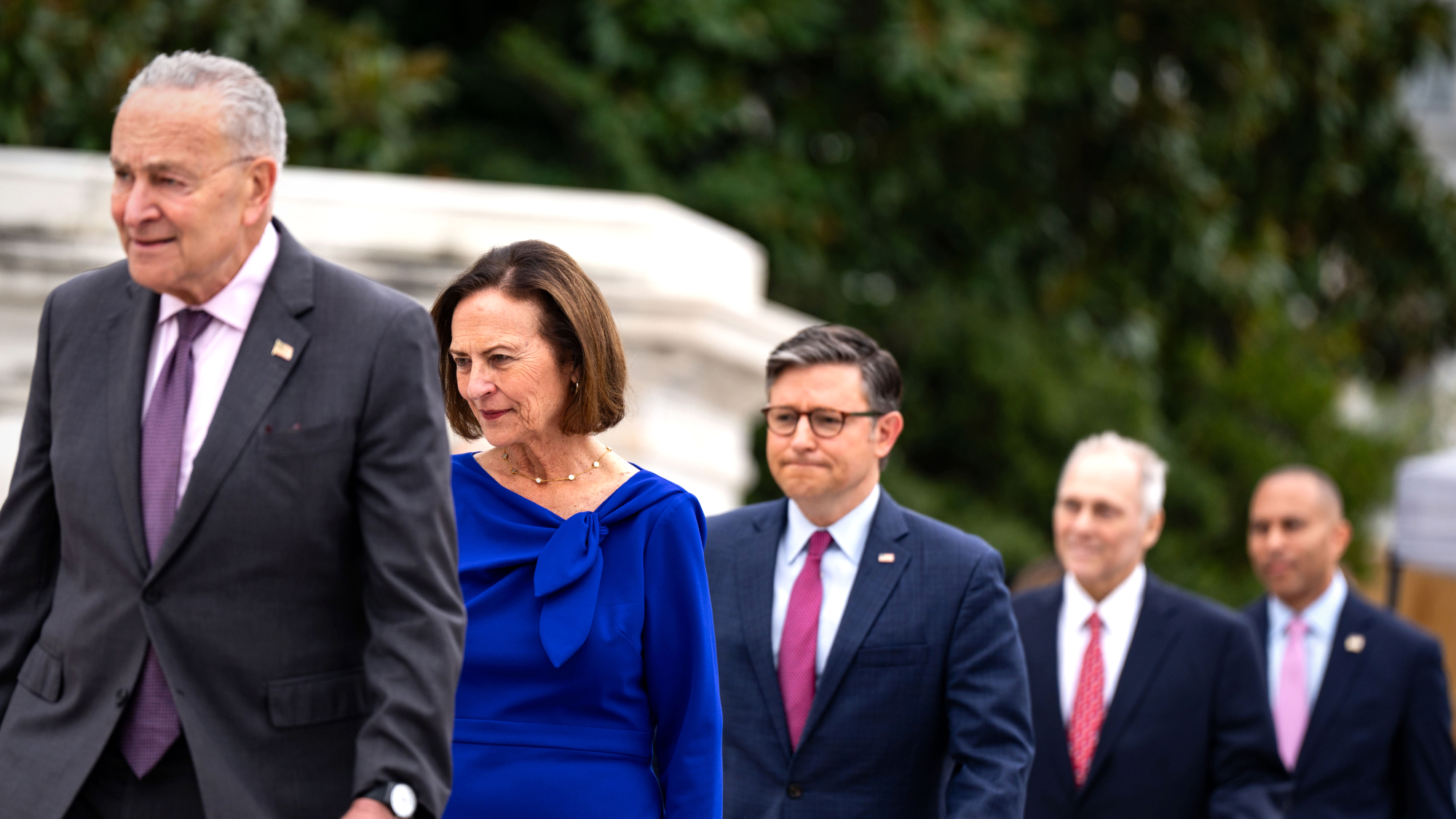
What happened
House Speaker Mike Johnson (R-La.) unveiled a stopgap spending bill Sunday that would fund the federal government through Dec. 20, averting a partial shutdown weeks before the November election. The deal — negotiated with and welcomed by Democratic leaders after Johnson failed to pass a partisan stopgap bill last week — would finance the government at current spending levels and boost Secret Service funding by $231 million to better protect presidential candidates during the campaign's final stretch. Existing funding runs out Sept. 30.
Who said what
Passing this "very narrow, bare-bones" continuing resolution is "not the solution any of us prefer," Johnson said to House Republicans in a letter on Sunday, but it's the "most prudent path forward" given the circumstances. "As history has taught and current polling affirms, shutting the government down less than 40 days from a fateful election would be an act of political malpractice."
Johnson's first offering was a six-month continuing resolution paired with separate legislation that would require proof of citizenship for federal voter registration. Fourteen House Republicans joined most Democrats in voting it down. Donald Trump, whose assassination attempts prompted the boost in Secret Service funding, urged Johnson to shut down the government unless the spending package included "every ounce" of the citizenship measure. "Noncitizen voting is already illegal in federal elections," The Washington Post said, "and cases of voter fraud committed by noncitizens are exceedingly uncommon."
Senate Majority Leader Chuck Schumer (D-N.Y.) said Johnson "wasted precious time" with his "MAGA" bill, when the only path forward was always "bipartisan" and "bicameral."
What next?
The House is expected to pass the bill on Wednesday. Schumer said the spending package can pass through both chambers this week "if both sides continue to work in good faith."
The Week
Escape your echo chamber. Get the facts behind the news, plus analysis from multiple perspectives.

Sign up for The Week's Free Newsletters
From our morning news briefing to a weekly Good News Newsletter, get the best of The Week delivered directly to your inbox.
From our morning news briefing to a weekly Good News Newsletter, get the best of The Week delivered directly to your inbox.
A free daily email with the biggest news stories of the day – and the best features from TheWeek.com
Peter has worked as a news and culture writer and editor at The Week since the site's launch in 2008. He covers politics, world affairs, religion and cultural currents. His journalism career began as a copy editor at a financial newswire and has included editorial positions at The New York Times Magazine, Facts on File, and Oregon State University.
-
 Can Mike Johnson keep his job?
Can Mike Johnson keep his job?Today's Big Question GOP women come after the House leader
-
 Trump’s Ukraine peace talks advance amid leaked call
Trump’s Ukraine peace talks advance amid leaked callSpeed Read Trump’s envoy Steve Witkoff is set to visit Russia next week
-
 Memo signals Trump review of 233k refugees
Memo signals Trump review of 233k refugeesSpeed Read The memo also ordered all green card applications for the refugees to be halted
-
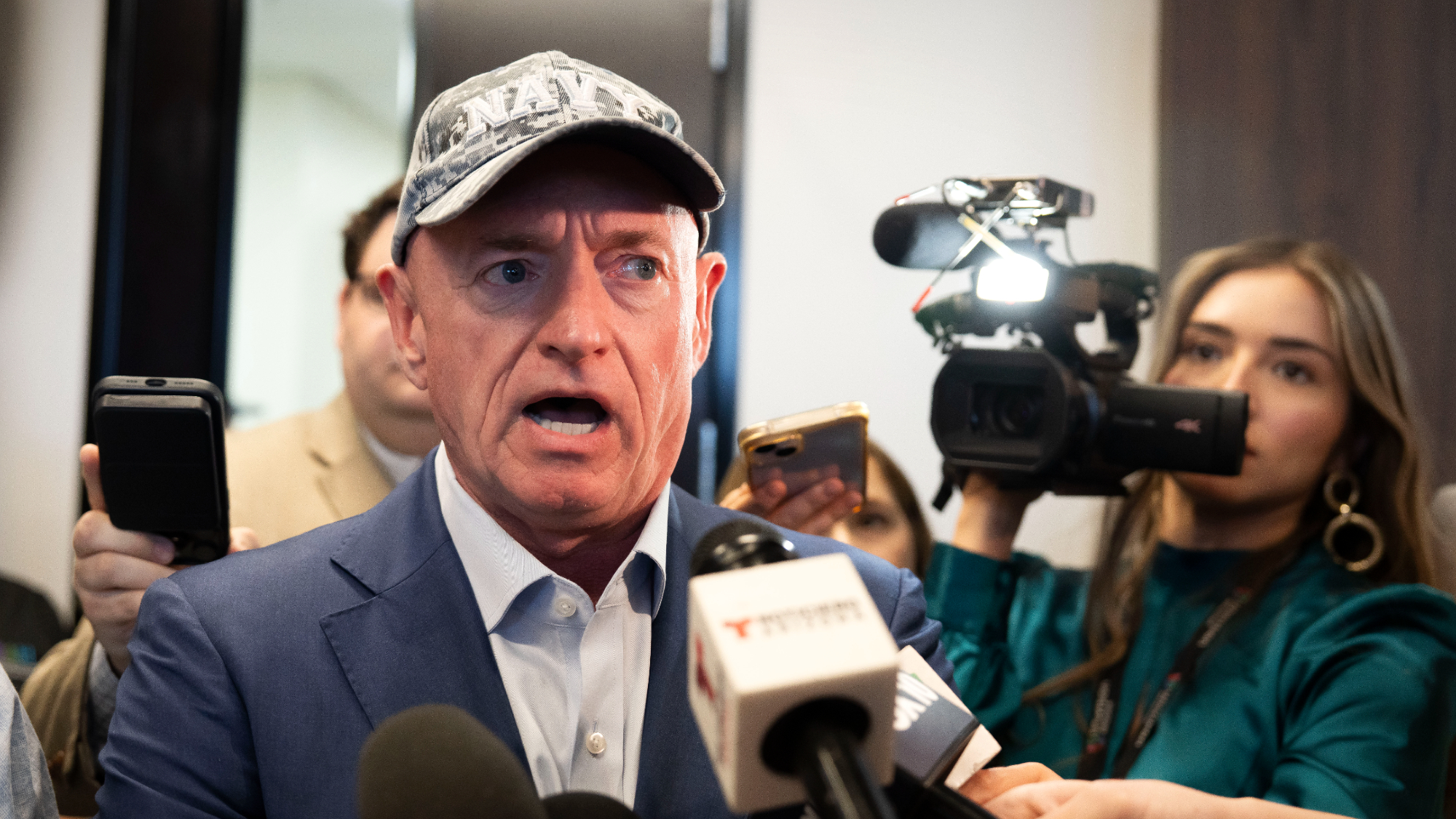 Pentagon targets Kelly over ‘illegal orders’ video
Pentagon targets Kelly over ‘illegal orders’ videoSpeed Read The Pentagon threatened to recall Kelly to active duty
-
 Judge tosses Trump DOJ cases against Comey, James
Judge tosses Trump DOJ cases against Comey, JamesSpeed Read Both cases could potentially be brought again
-
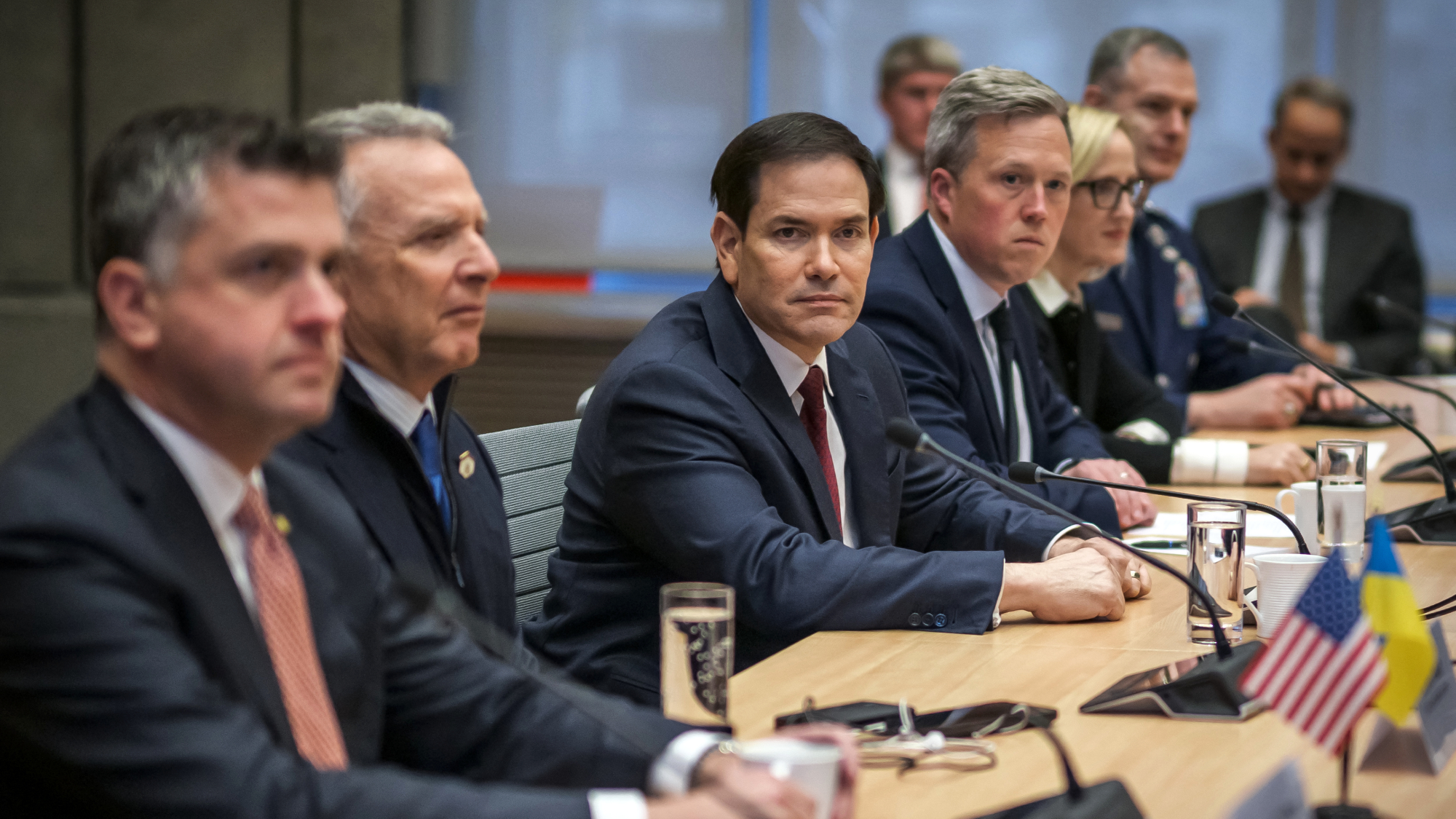 US, Kyiv report progress on shifting Ukraine peace plan
US, Kyiv report progress on shifting Ukraine peace planSpeed Read The deal ‘must fully uphold Ukraine’s sovereignty,’ the countries said
-
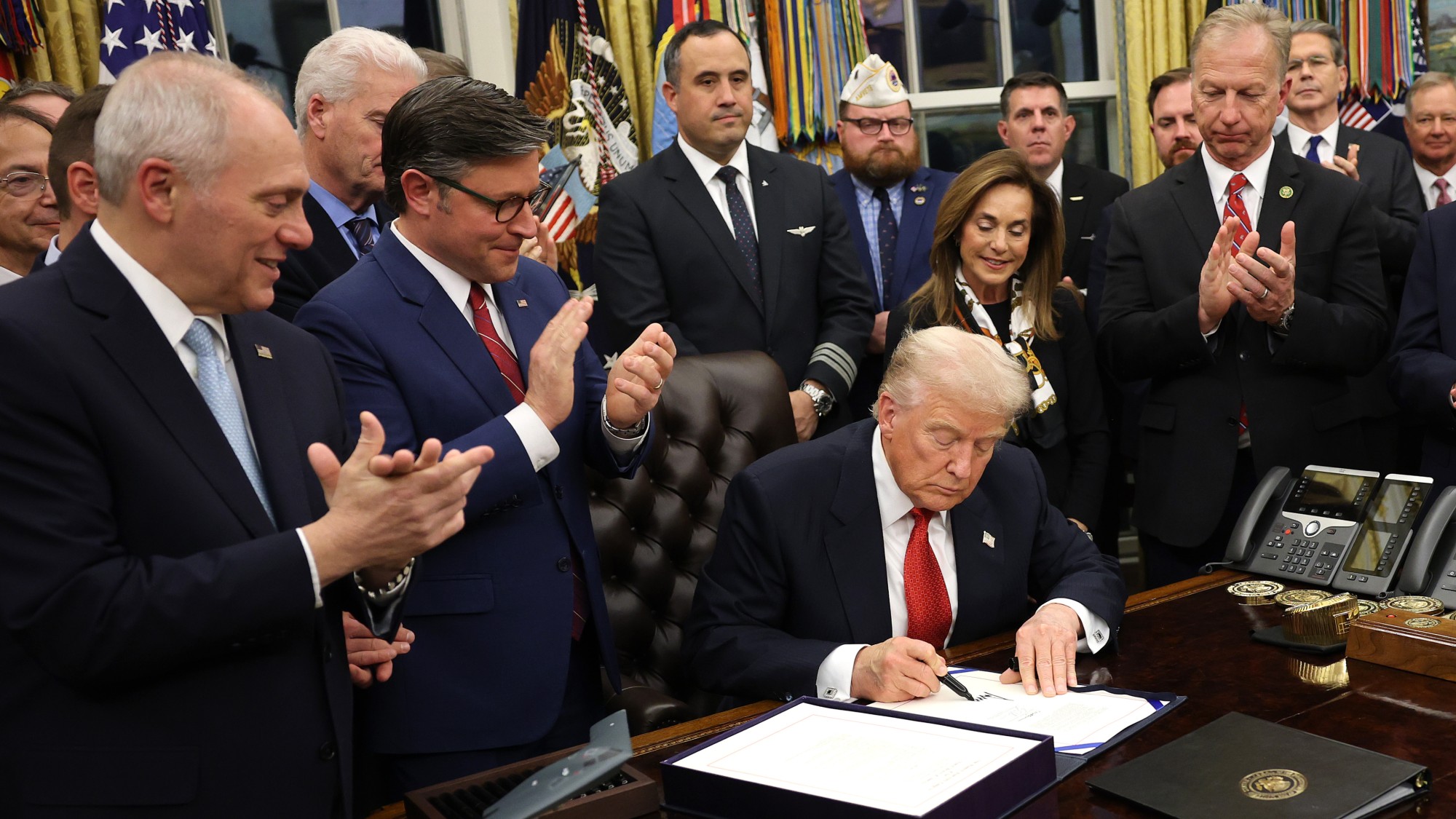 US government shutdown: why the Democrats ‘caved’
US government shutdown: why the Democrats ‘caved’In the Spotlight The recent stalemate in Congress could soon be ‘overshadowed by more enduring public perceptions’
-
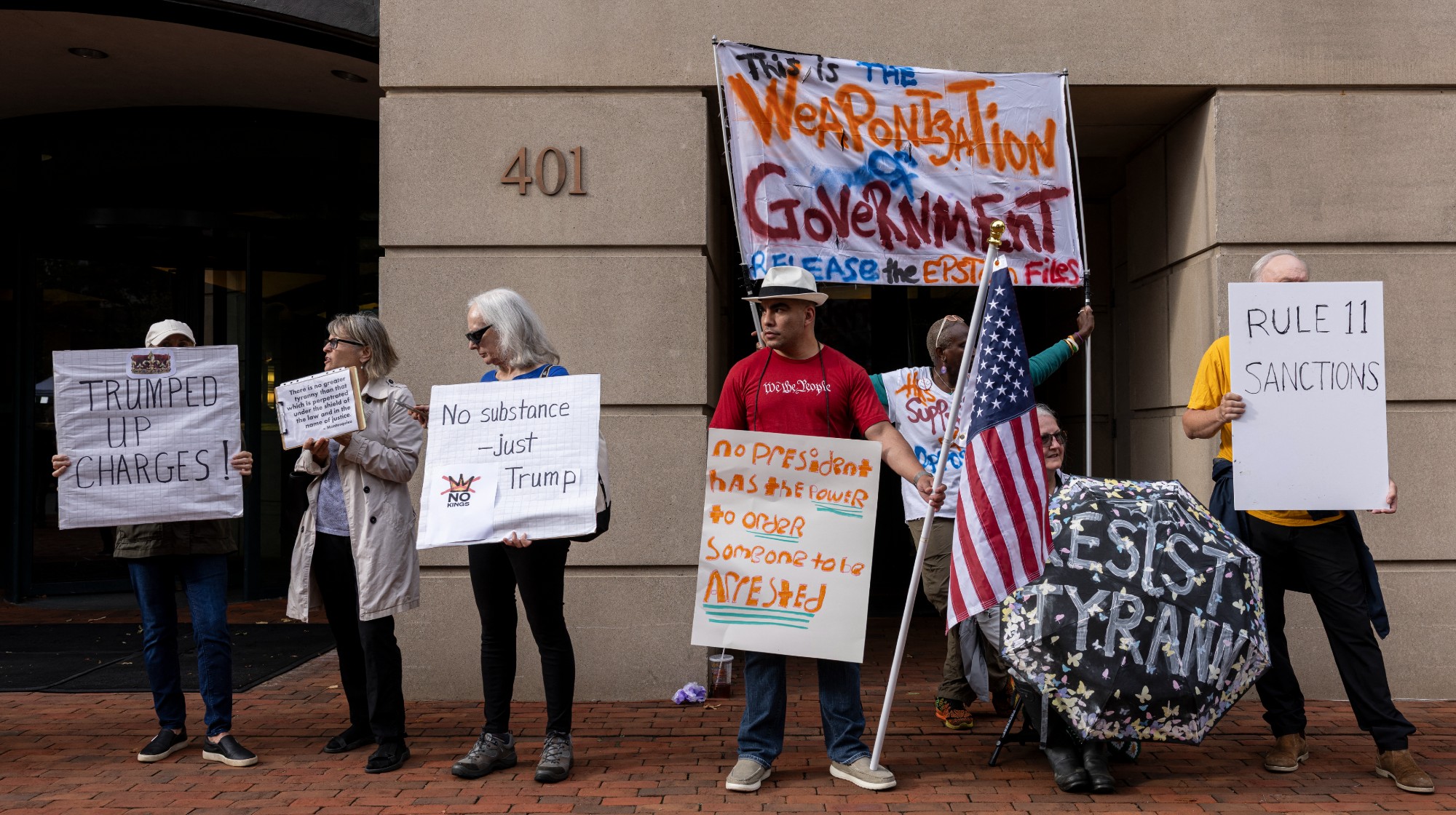 Comey grand jury never saw final indictment
Comey grand jury never saw final indictmentSpeed Read This ‘drove home just how slapdash’ the case is, said The New York Times



